VGHW Feature: And that's how you get “Shigeru Miyamoto once tried to make a Donkey Kong dating sim.”
Welcome to Video Game History Week! In honour of the first anniversary of my book Fight, Magic, Items: The History of Final Fantasy, Dragon Quest, and the Rise of Japanese RPGs in the West, Astrolabe is celebrating video game history with a plethora of stories, features, lists, and interviews about video games, the people who make them, and the people who write about them.
Fight, Magic, Items is on sale! Use the code “LEVELUP” at checkout to get 20% off a physical copy through the Running Press website!
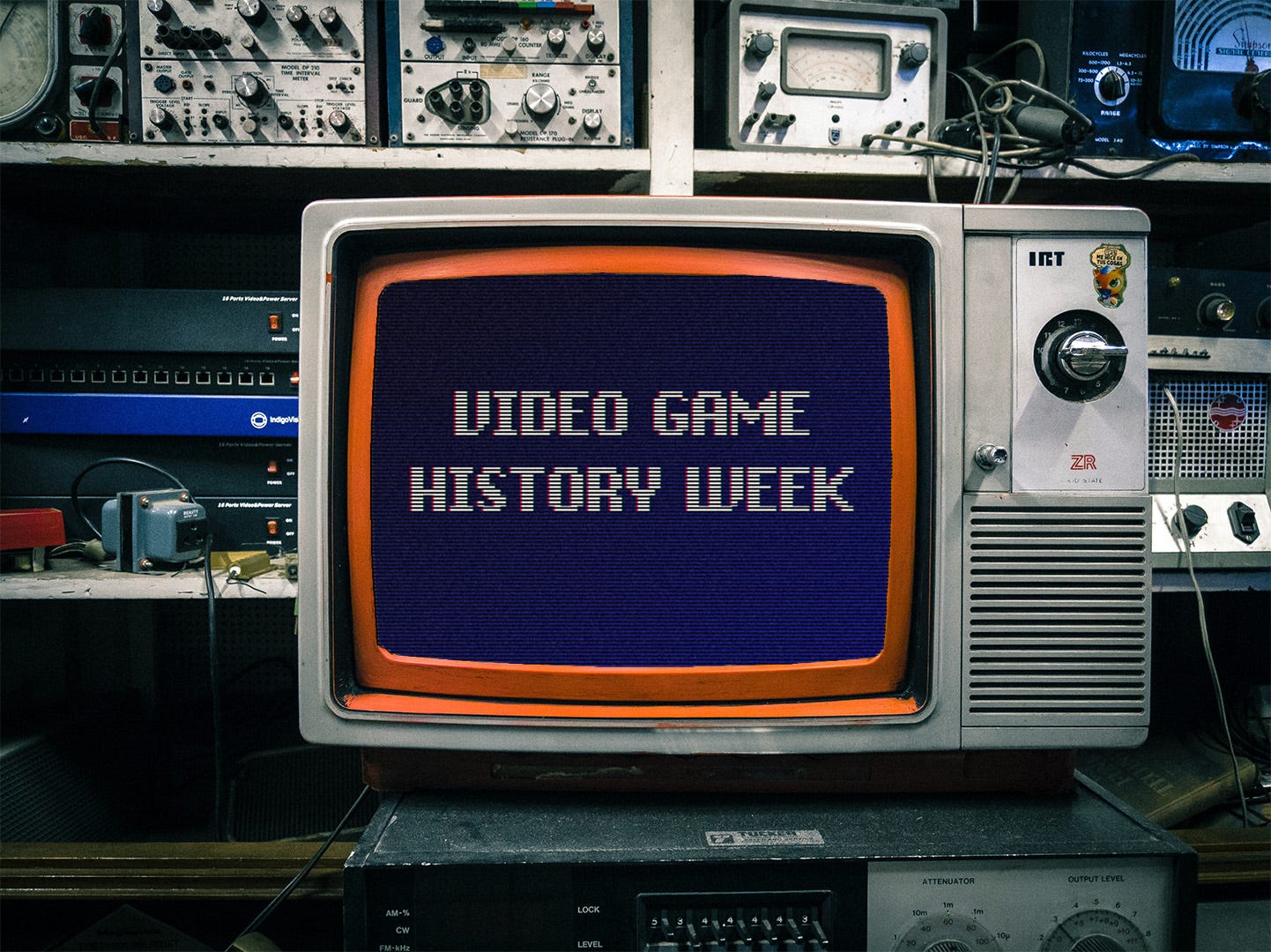
Researching video game development history can be a bit like playing telephone tag sometimes. For instance, you hear a neat tidbit like “Shigeru Miyamoto once tried to make a Donkey Kong dating sim.” To try and prove its validity, you go as far back to the original source as possible. Turns out, in a Nintendo Power issue from 1998, Miyamoto is quoted as saying “In our next Donkey Kong game, we’d like to try out a new genre and maybe some new characters.” Then, in a 2002 forum post at a site like Gamescreams.com or whatever, a user comments “I wonder if it would’ve led to more female apes? That might have been cool.”
Then, in a 2006 DeviantArt image, a fan artist becomes inspired by the post and creates their own 3D Donkey Kong image beside a female ape OC named “Nikita.” In 2014, someone on Twitter confuses this fan art for a real image and posts Nikita as “concept art” for an “unreleased” Donkey Kong game. It soon becomes a viral Reddit thread where a few of the commenters try and figure out just where it actually came from and what kind of game it could’ve been. A prominent gaming YouTuber makes a video speculating about it and hypothesizes that, based on a truly haphazard assortment of information, it would be funny if it was from a Donkey Kong dating game. This becomes the most popular part of the video, with social media often taking the YouTuber’s potential joke at face value.
And so you get “Shigeru Miyamoto once tried to make a Donkey Kong dating sim.”
As someone that wrote a book about Pokemon, I am far from unfamiliar when it comes to this kind of evolution. Things can be a little better now - luckily, there are some fans and researchers out there who remain devoted to sifting through facts and falsities. And in the process of writing Monster Kids: How Pokemon Taught a Generation to Catch Them All, I did a lot of my own interviews, with questions often focusing on “How did this really happen?” Being a genre so irreversibly tied to the rise and current ubiquity of the internet, information about video games ping pongs back and forth with increasing speed but unstable accuracy. If you don’t try to find the root and just go on whatever factoid happens to be bouncing around that day, you will inevitably become a part of the issue.
This is easier said than done - The modern reality of video games media is troubling. Despite being one of the biggest artistic mediums in the world, we’ve watched good sites and great writers and producers be shaved off in droves thanks to clunky cost-cutting maneuvers. A formerly go-to site (or at least the closest thing that a site can get to “go-to” in an age where social media dictates the online spaces we inhabit,) gets bought by a vulturous group who strip it for parts, leaving editors overworked and freelancers underpaid. It’s hard to shill out the necessary funds for a basic article, much less one that requires diligence and research work to complete, when your budget is being gutted on a quarterly basis.
If this all sounds like despair, it kind of is. Kind of. I do believe that there could be a promising future of writing about video games. Those fans and researchers I talked about could be the people that turn out the next great book about video games, a genre that, thanks to zealous writers and a few key publishers, could be in an upswing. Those writers, desperate to land spots at the dwindling pool of pop culture sites, could turn in a piece that catches the site and social media off guard. The kind of article that, when compiled with other articles, could make even the most stubborn of the old guard (and the new money) reconsider their tactics and decide to devote more solid coverage to gaming.
It’s rough, but it’s not over. Video game “facts” fly out faster than they can be dispelled or deciphered. But there are still people and places out there willing to try.
And as long as we have that, Shigeru Miyamoto’s quest to create a Donkey Kong dating sim will not have been in vain.
About Monster Kids
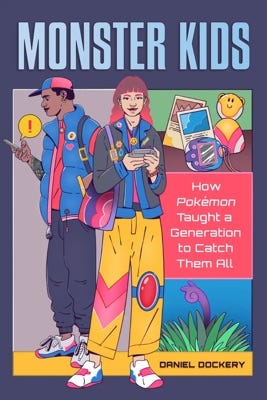
The definitive, behind-the-scenes look at why Pokémon's evolution from a single Japanese video game to global powerhouse captured the world's attention, and how the "gotta catch 'em all" mentality of its fanbase shaped pop culture—and continues to do so today.
More than just a simple journey through the history of Pokémon, Daniel Dockery offers an in-depth look at the franchise’s many branches of impact and influence. With dozens of firsthand interviews, Monster Kids covers its beginnings as a Japanese video game created to recapture one man's love of bug-collecting as a child before diving into the decisions and conditions that would ultimately lead to that game's global domination. With its continued growth as television shows, spin-off video games, blockbuster movies, trading cards, and toys, Pokémon is a unique and special brand that manages to continue to capture the attention and adoration of its eager fanbase 25 years after its initial release.
Whether it was new animated shows like Digimon, Cardcaptors, and Yu-Gi-Oh!; the rise of monster-catching video games and trading card games; and more, Pikachu, the king of pop culture in the '90s, opened the doors in America to those hoping to capture some of Pokémon's dedicated fans. In Monster Kids, Dockery combines the personal stories of the people who helped bring Pokémon to the global stage with affection and humor, making this book the ultimate look at the rise of the franchise in Japan and then North America, but also the generation of kids whose passion for "catching them all" created a unique cultural phenomenon that continues to make a profound impact today.
About Daniel Dockery
Daniel Dockery began writing online and in print in 2011. Since then, he's been a Senior Writer and Assistant Editor at Crunchyroll, as well as a Columnist and Assistant Editor at Cracked.com. He's also written for WIRED, Vulture, Polygon, SYFY, Paste Magazine, Roger Ebert, Thrillist, and various other outlets. His first book, Monster Kids: How Pokémon Taught a Generation to Catch Them All, is being released by Running Press on October 4, 2022. When not writing, Daniel can be found reading, weightlifting, and spending time with his lovely wife, adorable son, and absolutely wild Australian Cattle Dog Elmer.
Support
There are lots of ways to support Astrolabe and my other work. Check ‘em out!
Keep In Touch
Enjoy Astrolabe? Want more SFF and retro gaming goodies? You can find me on Twitter and my website.
Credits
Astrolabe banner photo by Shot by Cerqueira on Unsplash

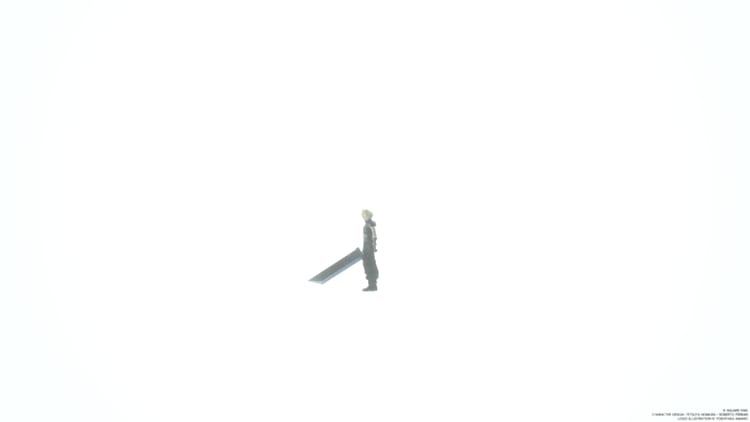

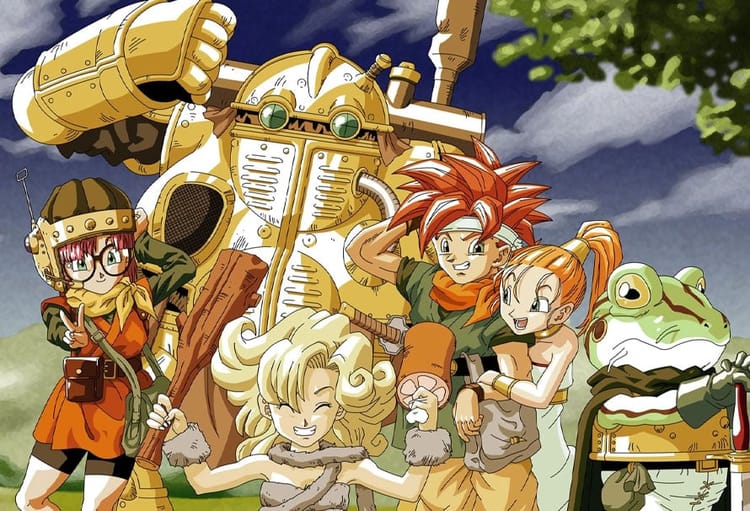
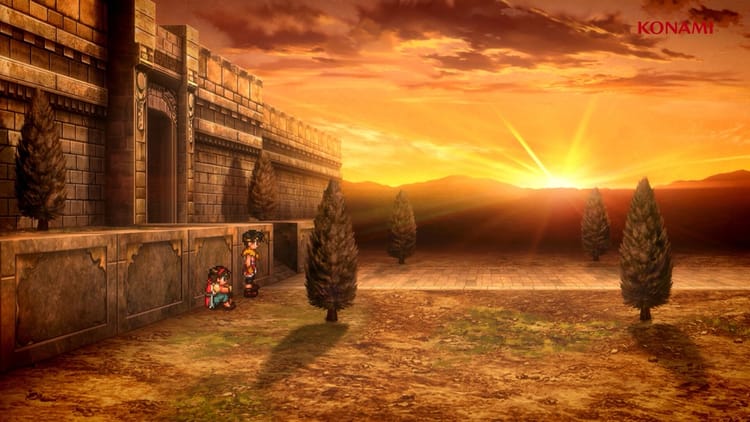
Member discussion